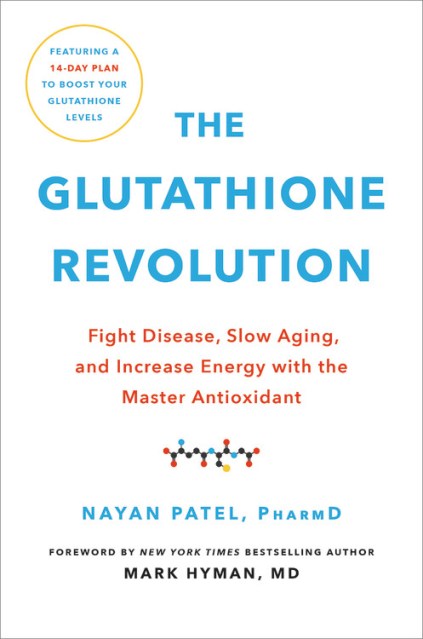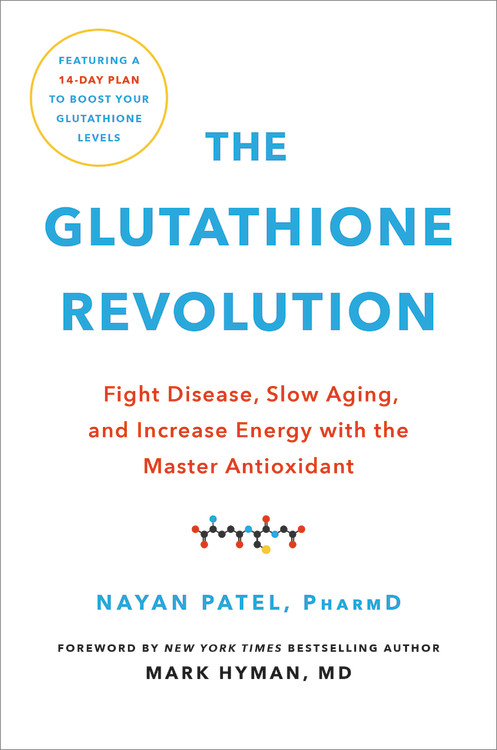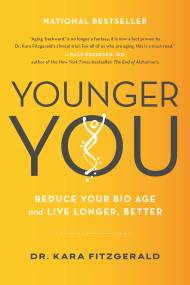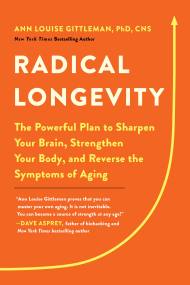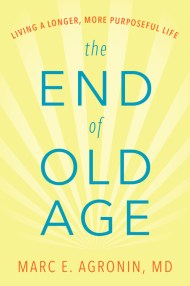Promotion
Use code FALL24 for 20% off sitewide!
The Glutathione Revolution
Fight Disease, Slow Aging, and Increase Energy with the Master Antioxidant
Contributors
Foreword by Dr. Mark Hyman, MD
Formats and Prices
Price
$30.00Price
$39.00 CADFormat
Format:
- Hardcover $30.00 $39.00 CAD
- ebook $14.99 $19.99 CAD
- Audiobook Download (Unabridged)
This item is a preorder. Your payment method will be charged immediately, and the product is expected to ship on or around September 8, 2020. This date is subject to change due to shipping delays beyond our control.
Also available from:
Ward off life-threatening disease and symptoms of aging with this guide to boosting your levels of glutathione (GSH), the “master antioxidant.”
The body has a remarkable ability to ward off disease and heal itself–and it does it with the help of the most important antioxidant you’ve never heard of: glutathione (GSH), the “master antioxidant.” This indispensable molecule–which we make ourselves–holds the key to immunity, vitality, and lifelong health, helping to flush out toxins, fight DNA-damaging free radicals, and rebuild other essential antioxidants like Vitamins C and E. It’s been linked to longevity in centenarians, and it protects against diseases like cancer, diabetes, and Alzheimer’s. It plays a role in lesser ailments too: low glutathione levels could be the culprit behind your fatigue, aches, and pains.
At the forefront of the latest GSH research, Dr. Nayan Patel shares all the information you need to boost your glutathione levels, revitalize your body, and transform your life with this naturally-occurring super antioxidant. In The Glutathione Revolution, he addresses the most important questions about GSH: What exactly is glutathione? What happens when your GSH levels are low? What diseases does GSH ward off? How can you naturally increase the amount of GSH your cells produce? What foods should you eat–and not eat? What are the safest and most effective GSH supplements?
With a wealth of practical information and three easy, accessible action plans that you can tailor to your own life and health concerns, you too can harness the power of glutathione.
-
"Enhancing glutathione essentially provides the 'keys to the kingdom' as it relates to health and disease resistance. And you absolutely have the ability not only to increase your glutathione levels but enhance its functionality as well as Nayan Patel so eloquently describes in The Glutathione Revolution. These are recommendations that anyone can implement to harvest the health benefits of this life-supporting molecule."David Perlmutter, MD, author, #1 New York Times bestseller Grain Brain and Brain Wash
-
"Simultaneously guides the reader through concepts of biochemistry, physiology, immunology, and sports medicine, all tied together with stories that enhance our understanding of this amazing 'superantioxidant' and its role in health and disease. Dr. Patel self-identifies as the 'glutathione guy,' but I came away feeling like an expert on the subject, as you will too."Daniel Robinson, PharmD, FASHP, dean, College of Pharmacy, Western University of Health Sciences
-
"How exciting it is that my distinguished colleague Dr. Nayan Patel has produced this book on one of the most fascinating nutrients--glutathione! In this valuable book, he clearly presents solid, up-to-date scientific information about glutathione and its benefits for health and anti-aging. We have long needed such a book. I am confident that, in reading it, you will learn much about glutathione in general and will discover many practical clues for optimizing your glutathione levels. Greater well-being and increased longevity will be the welcome result."Dominique M. Fradin-Read, MD, MPH, founder of VitaLife-MD Integrative Medical Practice
-
"I am so pleased Dr. Patel has put together a cohesive book on the current research and benefits of glutathione! 30 years ago I started as an ER physician, then specialized in laser medicine, then evolved into Integrative Medicine, and now specializing in Regenerative Medicine. At each stage of my development the importance of glutathione as a fundamental component of health and well-being has been reinforced. We offer and utilize glutathione IV pushes and other IV nutrition solutions at my AMA Regenerative offices in Orange County and Beverly Hills, CA, and am thrilled to offer more glutathione resources to my patients!"Alice Pien, MD, Medical Director AMA Regenerative Medicine
-
"Being a sportsman and a health-conscious individual, I am always on the lookout for something to better my health. Thanks to Dr. Patel's book, the benefits of glutathione are now available to the world."Nikhil Chopra, international cricketer and commentator, India 1999 Cricket World Cup team
-
"Pharmacists help people live better, healthier, safer lives. Pharmacist Dr. Nayan Patel's book foretells a revolution in focusing on healthy behaviors for maximizing your stores of this invaluable personal biological asset. The book is a gift of knowledge, encouragement, and hope to humanity. Here's to better health!"Ronald P. Jordan, Dean of School of Pharmacy, Chapman University
-
"This book is a complete game-changer when it comes to people's health. Having the lifestyle I do with non-stop filming schedules, business meetings, and endless traveling--I am so so glad that I was exposed to the benefits glutathione a few years ago. But in a world where information comes hard and fast it is very difficult to decipher what works and what doesn't, what to take, and what not to, when it comes to your health. This book by Dr. Patel makes it a lot easier to decide--and the best thing to start with is glutathione. The secrets is out, thanks to Dr. Patel and the wonderful book he has written!"Suniel Shetty, actor, health and fitness pioneer, businessman/ entrepreneur, Mumbai, India
-
"In the era of unheralded biological hazards and everyone adjusting to the 'New Normal' with the COVID pandemic and with daily tenseness, The Glutathione Revolution, is a triumph, with the aim to 'Add Life to Years and not just Years to Life.' This deep dive into the science of glutathione will set a rave in the world of anti-oxidants. With simple and easy to follow action plans for detoxing, The Glutathione Revolution unleashes the secret of being healthier, looking younger and adopting a healthy lifestyle."Sandeep Gupta, director & CEO, Nutraworks, chief founder & director, Expert Nutraceutical Advocacy Council
-
"The two most metabolically active organs in human physiology are the liver and brain--and it so happens that these two organs generate and utilize more glutathione than any other organs. The challenge has always been how to supplement our bodies with glutathione--even the best and purest sources are not easily absorbed orally, necessitating a visit to your doctor for IV treatment. Now everyone can have optimal glutathione levels every day!"Asher Milgrom, PhD, CSO, AMA Regenerative Medicine
-
"In my fast-paced world of rapidly evolving technology, from quantum computing to space exploration, the human body and its systems still remain mysterious. Yet understanding our bodies means harnessing our greatest tool to help us become the best versions of ourselves. As a believer in continuing our education and evolution as humans, I was greatly encouraged and excited to learn from Dr. Patel's much needed comprehensive book on glutathione, supporting the quest to learn everything we can about this unrivaled and life-giving superantioxidant. Cheers to a bright future full of space travel, better lives on Earth, and plenty of glutathione!"Eric Anderson, CEO, Planetary Holdings, co-founder & chairman, Space Adventures
-
"The Glutathione Revolution is the absolute need of the hour as we are seeing increasing number of patients around the world suffering from ailments that can be prevented or cured with the consumption of antioxidant like glutathione."Dr. Milind A Antani, M.S.,LL.B, leader, Pharma, Healthcare, Medical Devices and Nanotechnology Law Practice Nishith Desai Associates
- On Sale
- Sep 8, 2020
- Page Count
- 288 pages
- Publisher
- Hachette Go
- ISBN-13
- 9780306873973
Newsletter Signup
By clicking ‘Sign Up,’ I acknowledge that I have read and agree to Hachette Book Group’s Privacy Policy and Terms of Use
